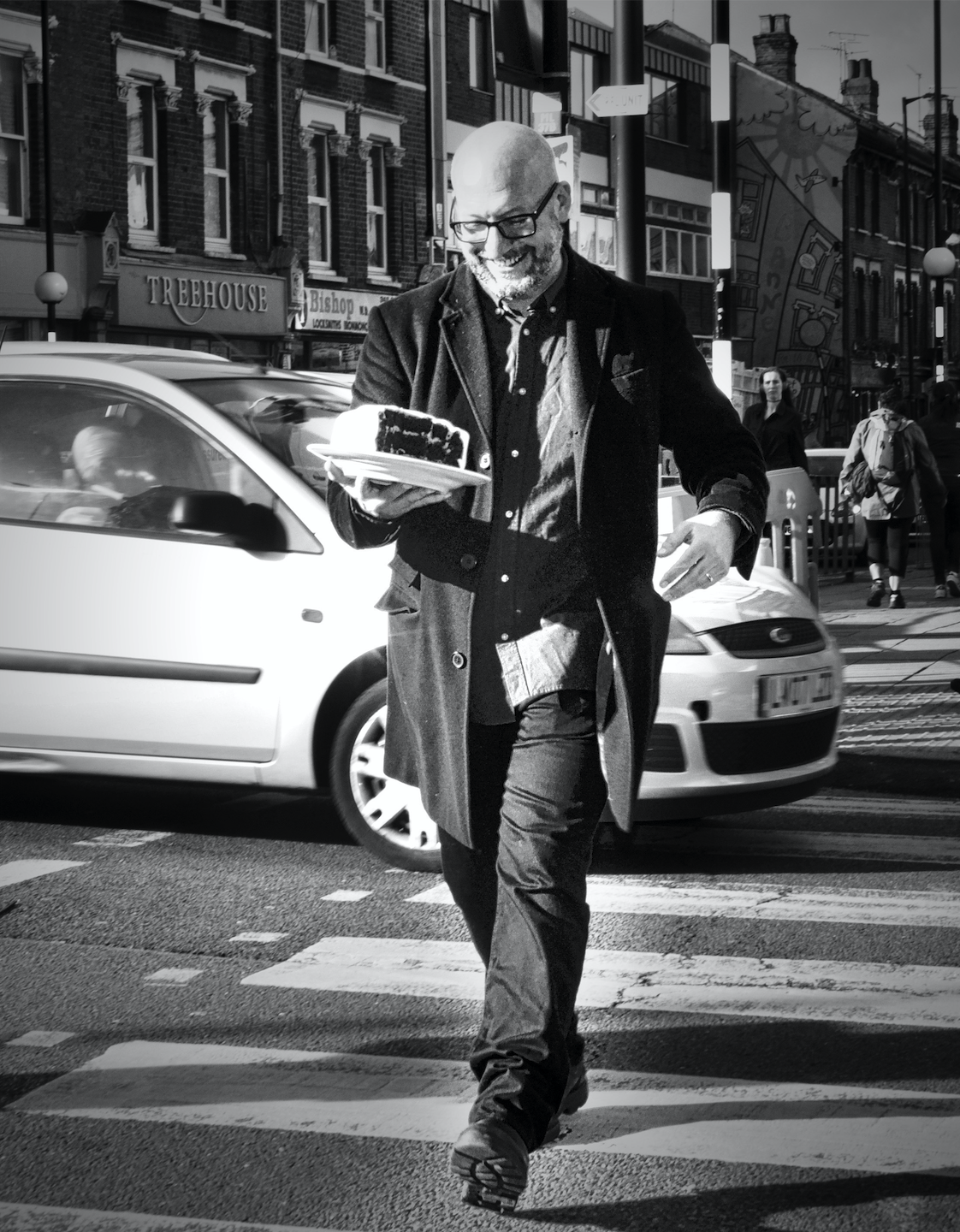Tom Elkins
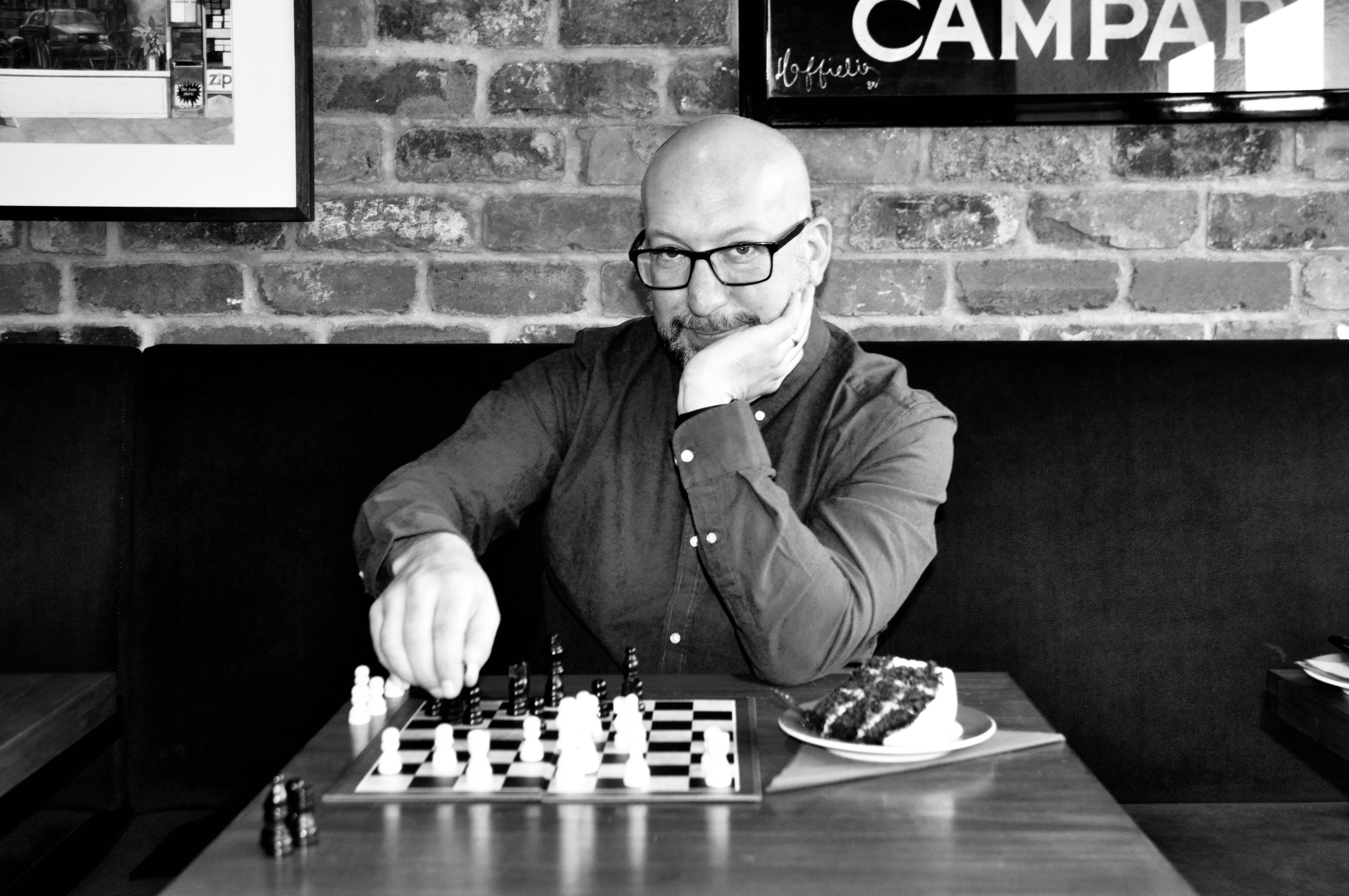
As all photographers know a great photo is about three main points, lighting, composition and narrative. Tom and I are sitting in a restaurant in North London talking about his work. “Photography as a creative form is incredibly gratifying very quickly” he tells me. He is right, it is nowadays, that’s because it’s become instant, since we have digital cameras. It was a different story when we used film, with the impatience we felt as we waited for it to develop, the variations of film, and understanding the processing of light on film and chemicals. Nowadays film photography has become more of an art form. Tom has taken the digital camera and used it as a tool to capture something quite different. He loves projected light, how light falls, how it transforms as it lands on an object; following patterns on furniture, water and landscapes. Apply that to the human form, simplify it and letting it reveal the complexities of it in a very different way; this is what he has created in his recent works.
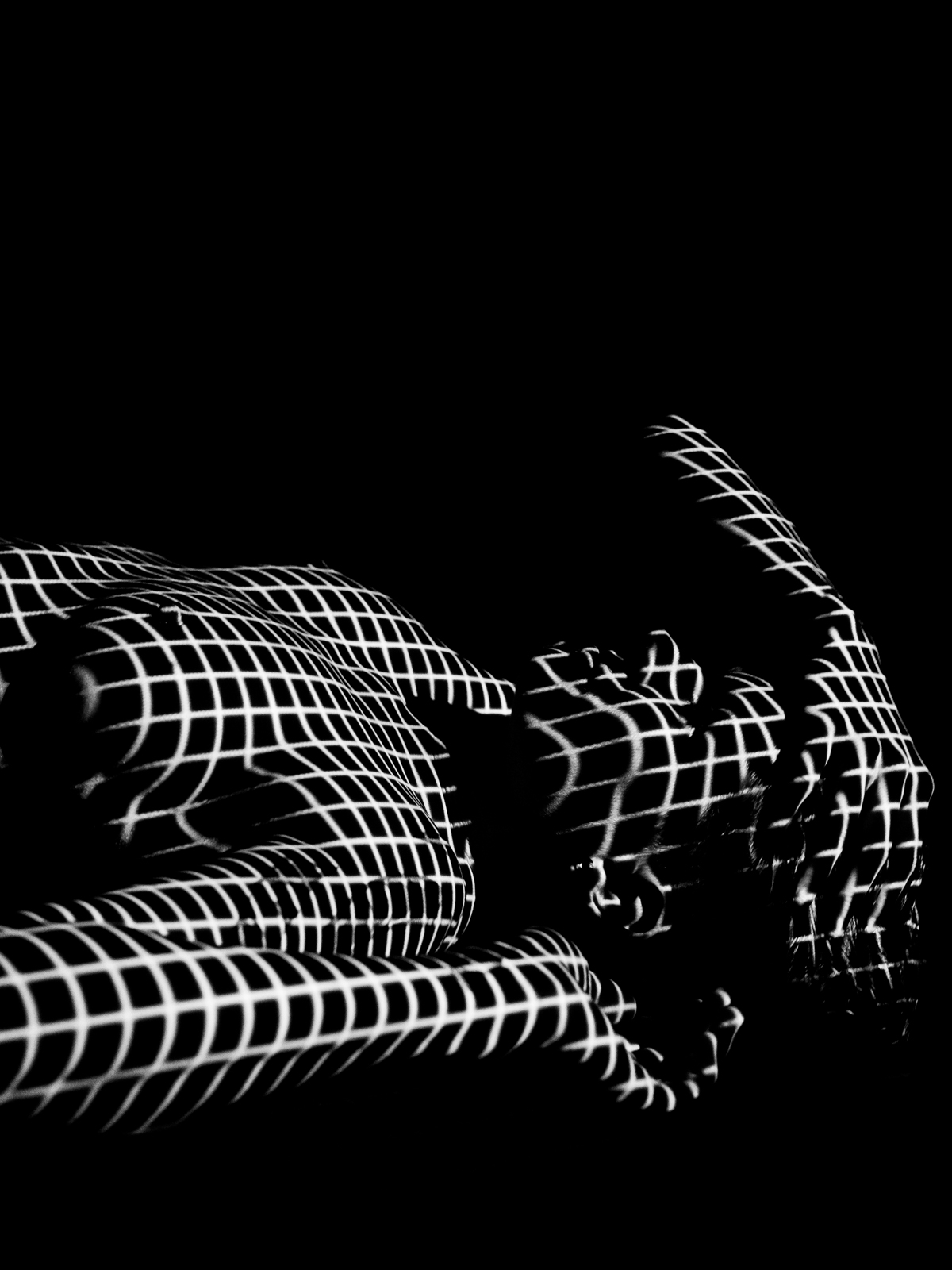
Contours, his first series in 2013 based on this concept, is a visual treat for the eye and the imagination. Using a projector, he photographed his subjects in a dark room and what you have is the contours of the human body in a stunning display of grid like patterns. The naked woman in a chess board grid, the seated man in stripes and the blooming bulge and shape of full-term pregnancy in circular strips like Saturn’s moons. Incredibly simple and yet so effective in what the images evoke to us the audience.
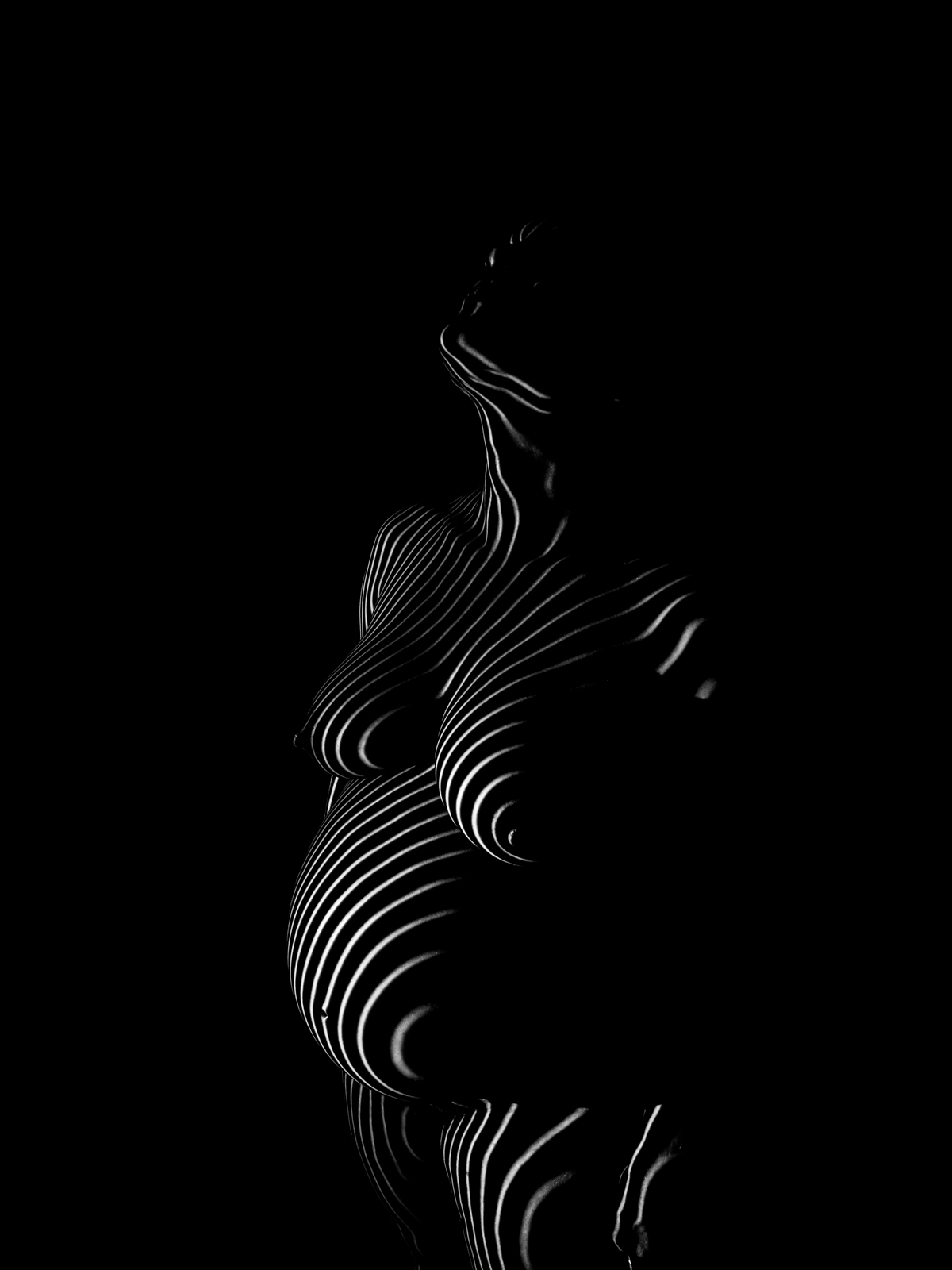
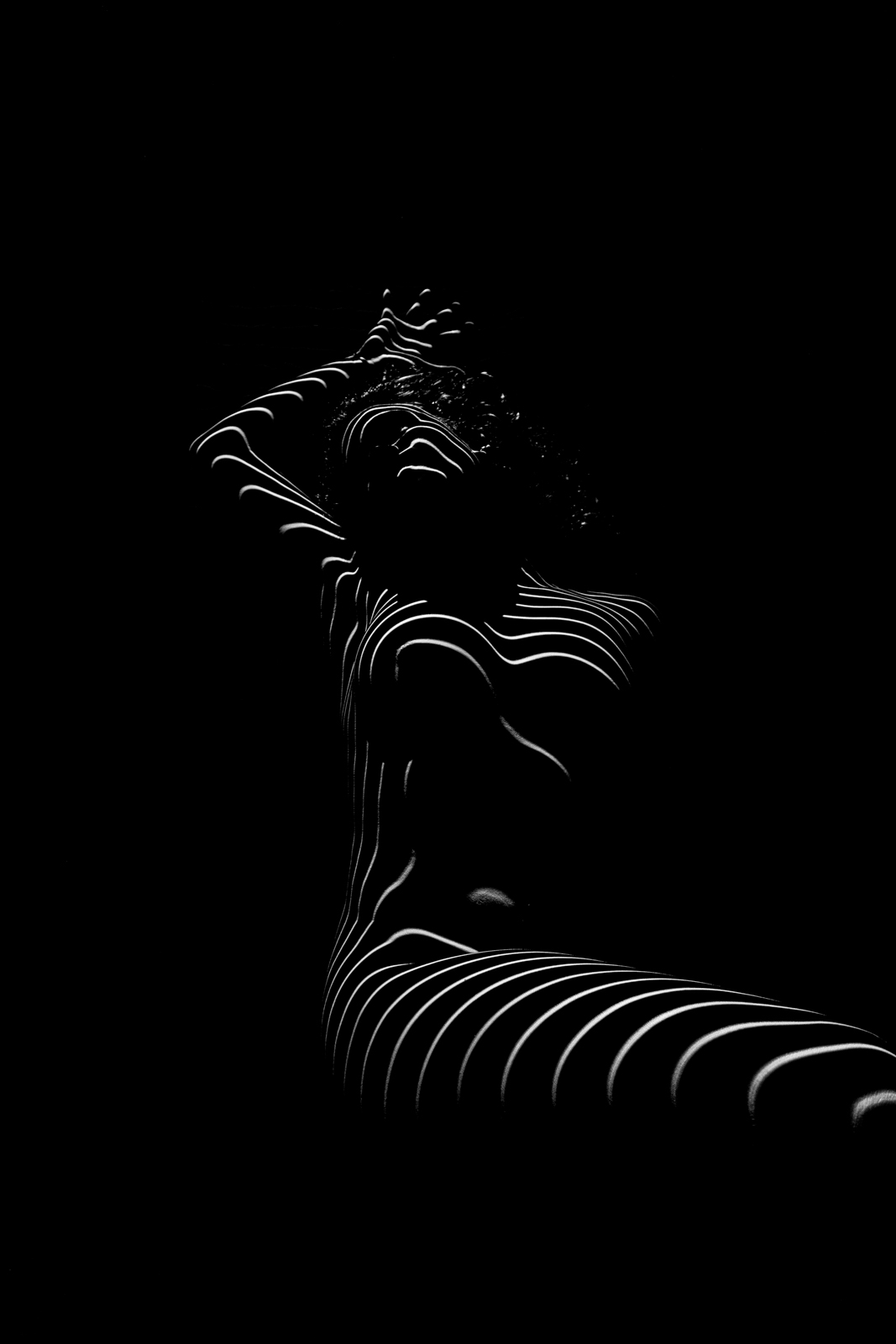
He followed this theme, playing with different ideas, like Single Line Portraits. Projecting a single light onto his subjects in the dark, the result is a beautiful single outline as the light hits the human form. He then took it another step, with this time the subjects themselves making tears in paper which light was projected through. Whilst they posed naked, the projected light revealing aspects of them. You cannot identify them but they reveal a sensuality and sexuality, I suppose. “I was surprised by what people came up with,” he explains. His subjects are relinquishing control, and they have their own perspective of the outcome. Then there is a rather surreal idea, ‘fingerprints’. Each subject had their fingerprint placed on the slide with ink, and Tom projected the light through the slide. These portraits are particularly fascinating, the light brings out all the details of the texture on his models and the patterns resemble the skin of a snake, whether on the face or the body.
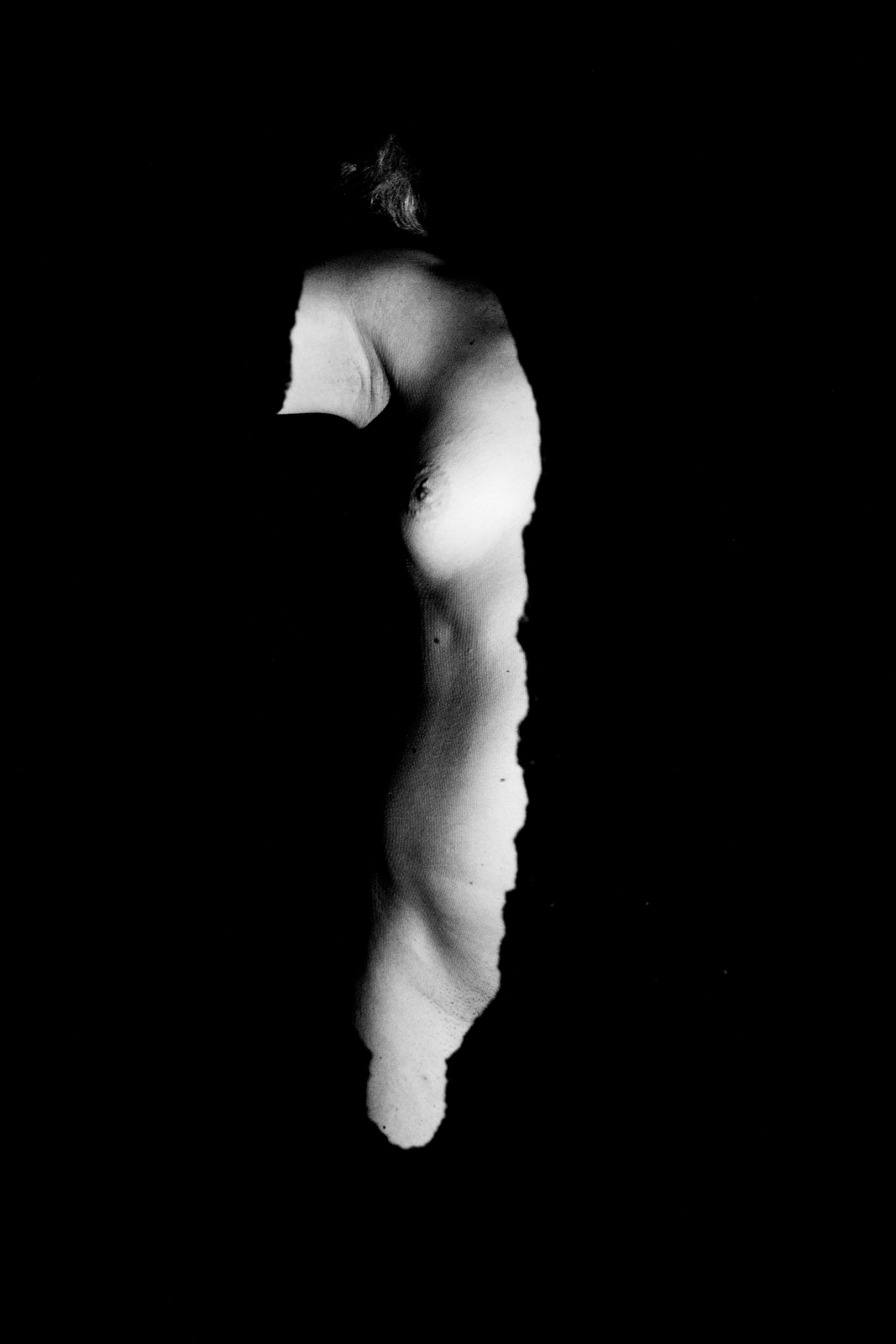
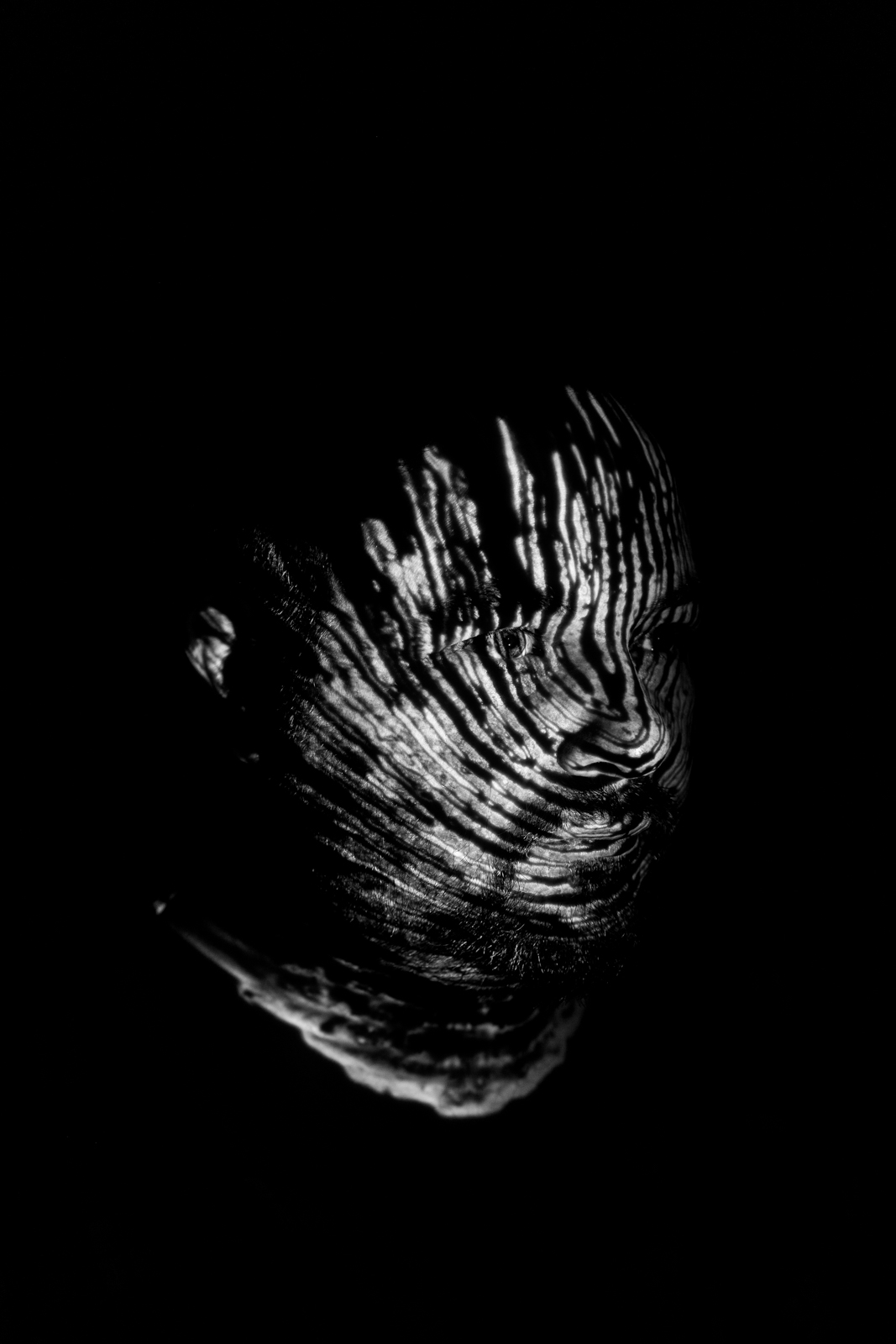
Tom grew up in the seaside town of Gosport surrounded by family and moved to London in 2002 after graduating in Philosophy and English from York University. The philosophical mind and the narrative is what is projected in all his photographic work, “Good photographs are like novels with half the pages torn out” he claims. With all art it’s the thinking behind the work and how it is implemented that is key. After graduating, he started working for charitable organisations in London, he believes in helping people. He now teaches journalistic photography to young people and children, and the charity works in 40 different countries, including Nigeria and Uganda, on a range of issues. Philosophy is best when it talks about people’s experiences, he claims. He enjoys the collaborative elements in photography and making sense of the chaos in the world. Fortunately, he is able to travel a lot with his job, to bring about change.
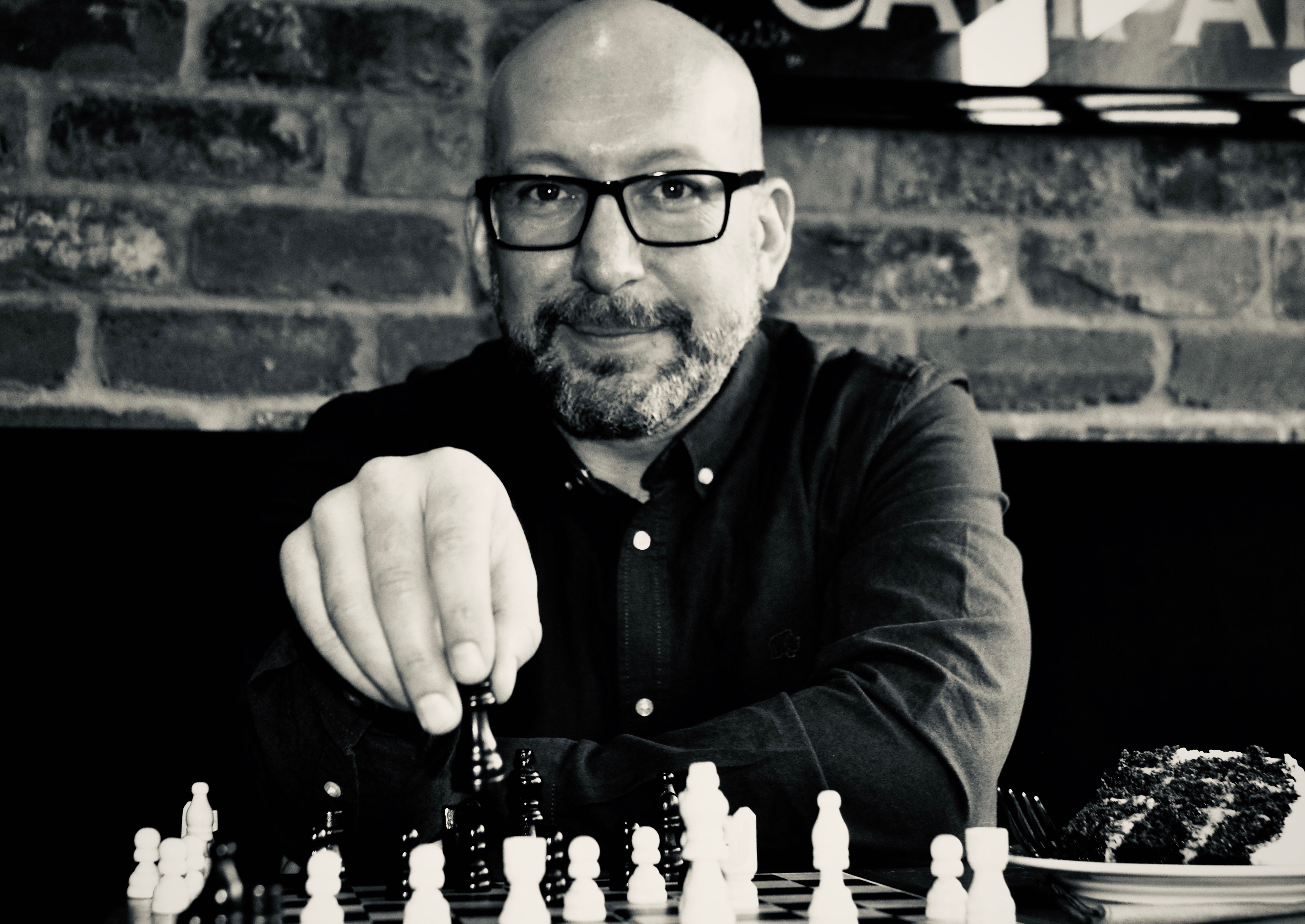

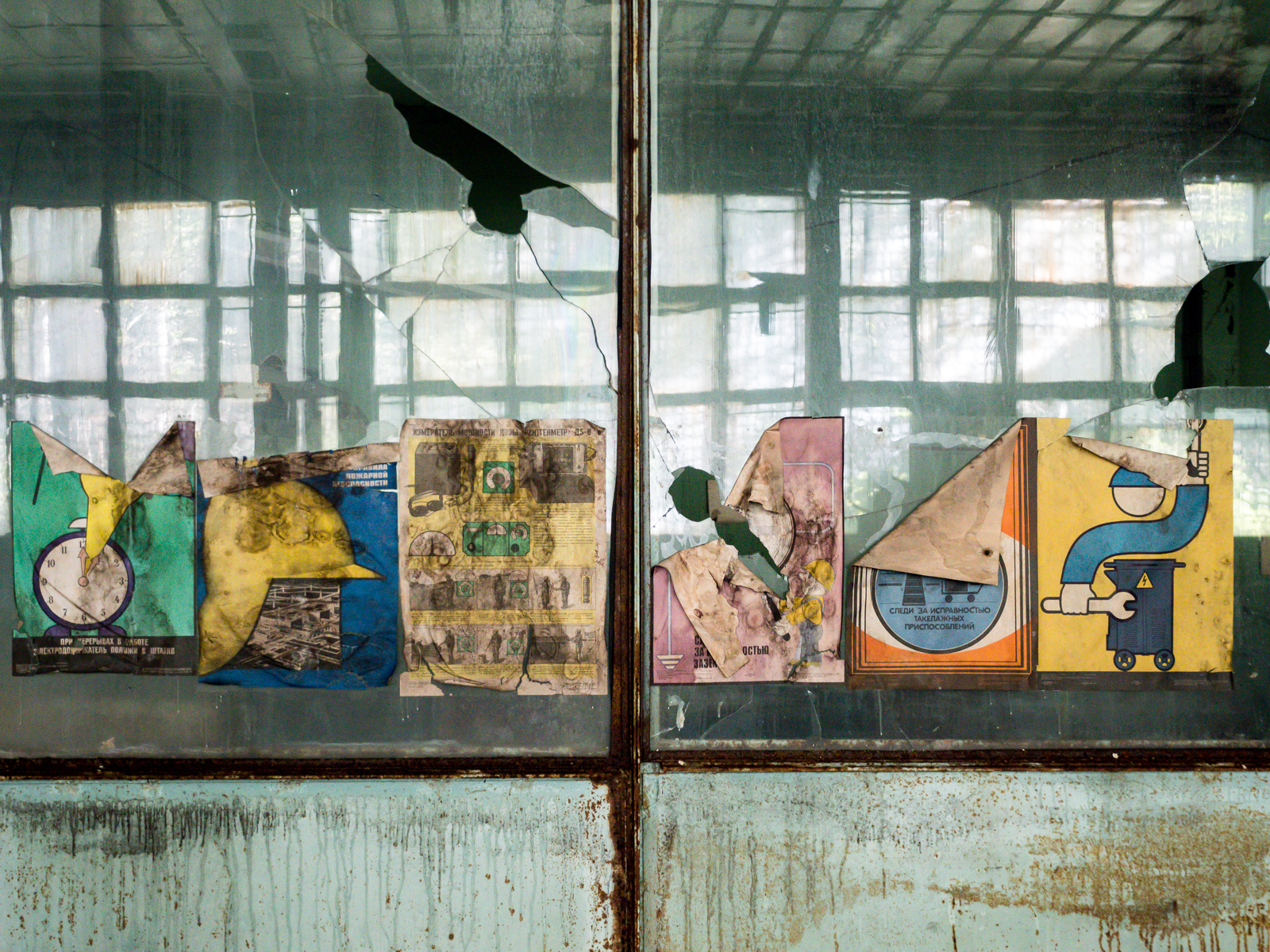
Then he showed me his next body of work, shot in Chernobyl, of images of empty buildings, depicting the state of decline, death, and abandonment. The images depict what Health and Safety posters look like in a Nuclear disaster, 30 years later. What would have been a vibrant town, village and community has been left to decay, capturing the isolation, deterioration and loneliness. There is an abstract art element to these photographs, the colours and composition of these silent images are breath taking in the stillness and the delicate narrative, however still compelling in what they reveal. In tonal blues, soulful greys, gentle yellows and reds, they reveal a beauty about such a tragic event and the essence of time. This series of work will be his next exhibition at the University of Puerto Rico.
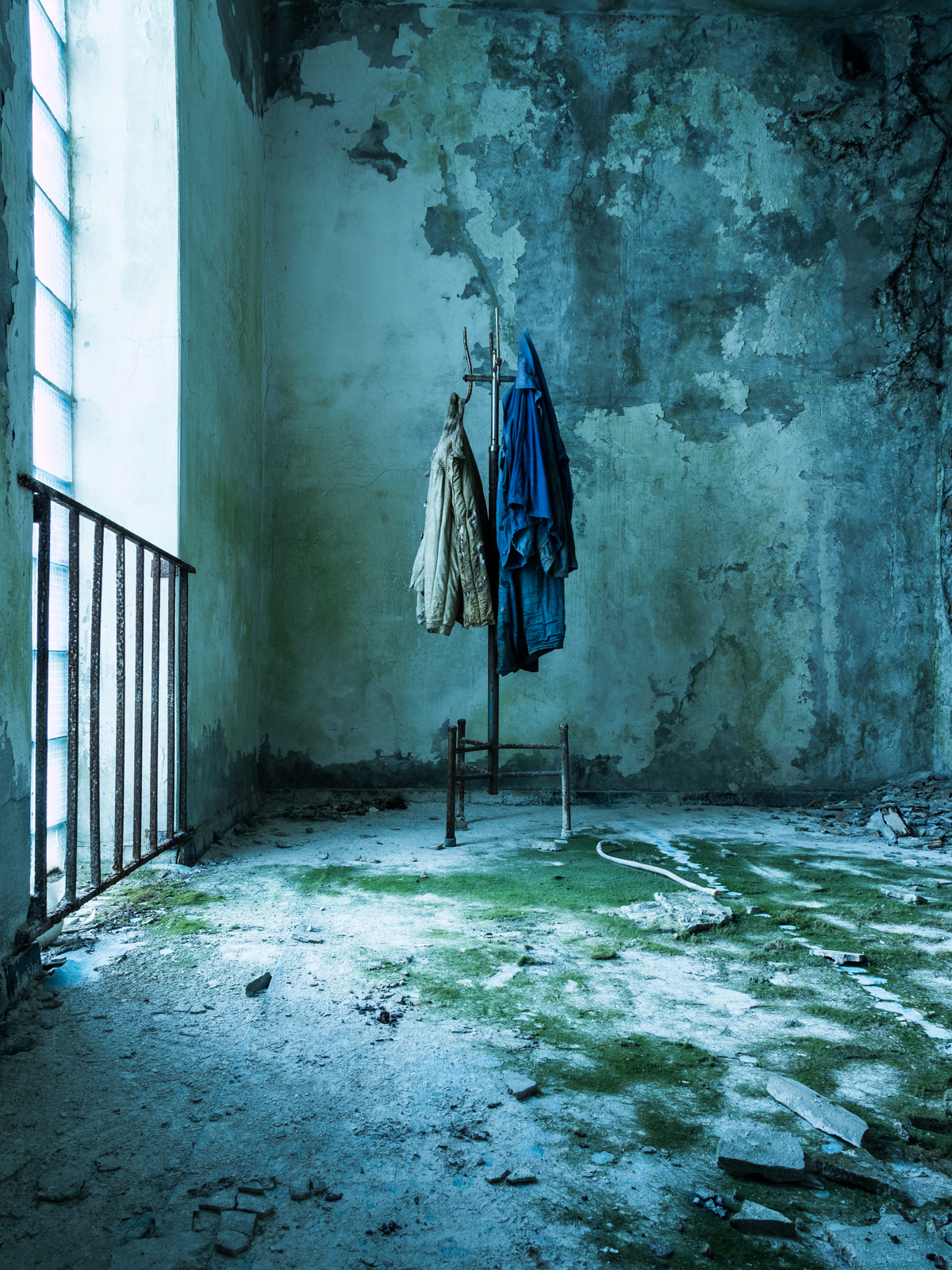
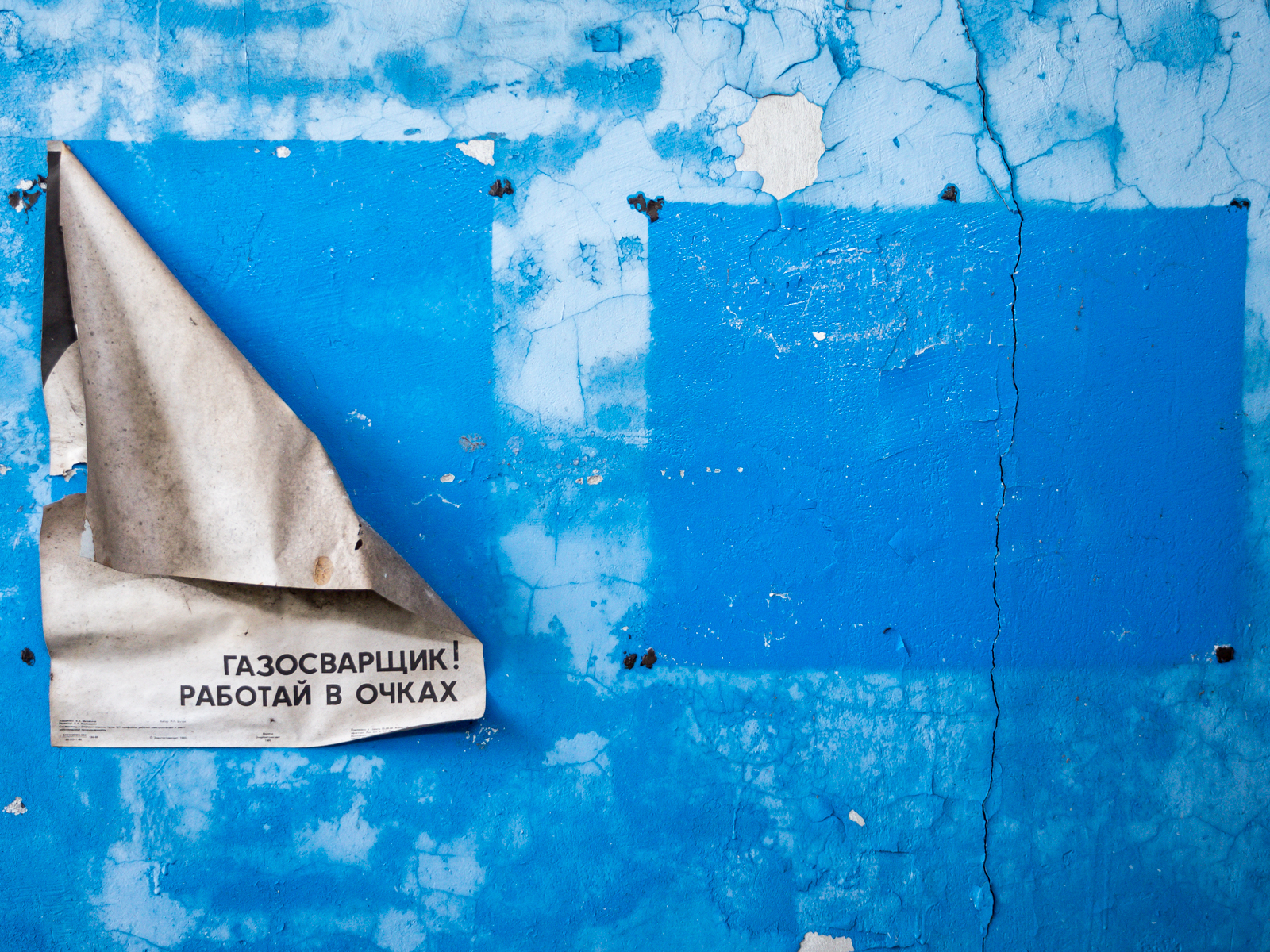
Tom Elkins struggles with the ethics of some photographs, he tells me, with how much bias we are bringing to the image ourselves in what is often seen as an objective medium. Photography is subjective in terms of the audience who sees it. He mentions how with street photography he had this problem. He is a man of great conscience, if one can say that, clearly intelligent and professional, however most striking to me, thoughtful, insightful and genuine. He is married with one toddler daughter, Tom is clearly besotted with her as we talk about our children, and the adventures of watching them develop.
Interview: Antoinette Haselhorst
